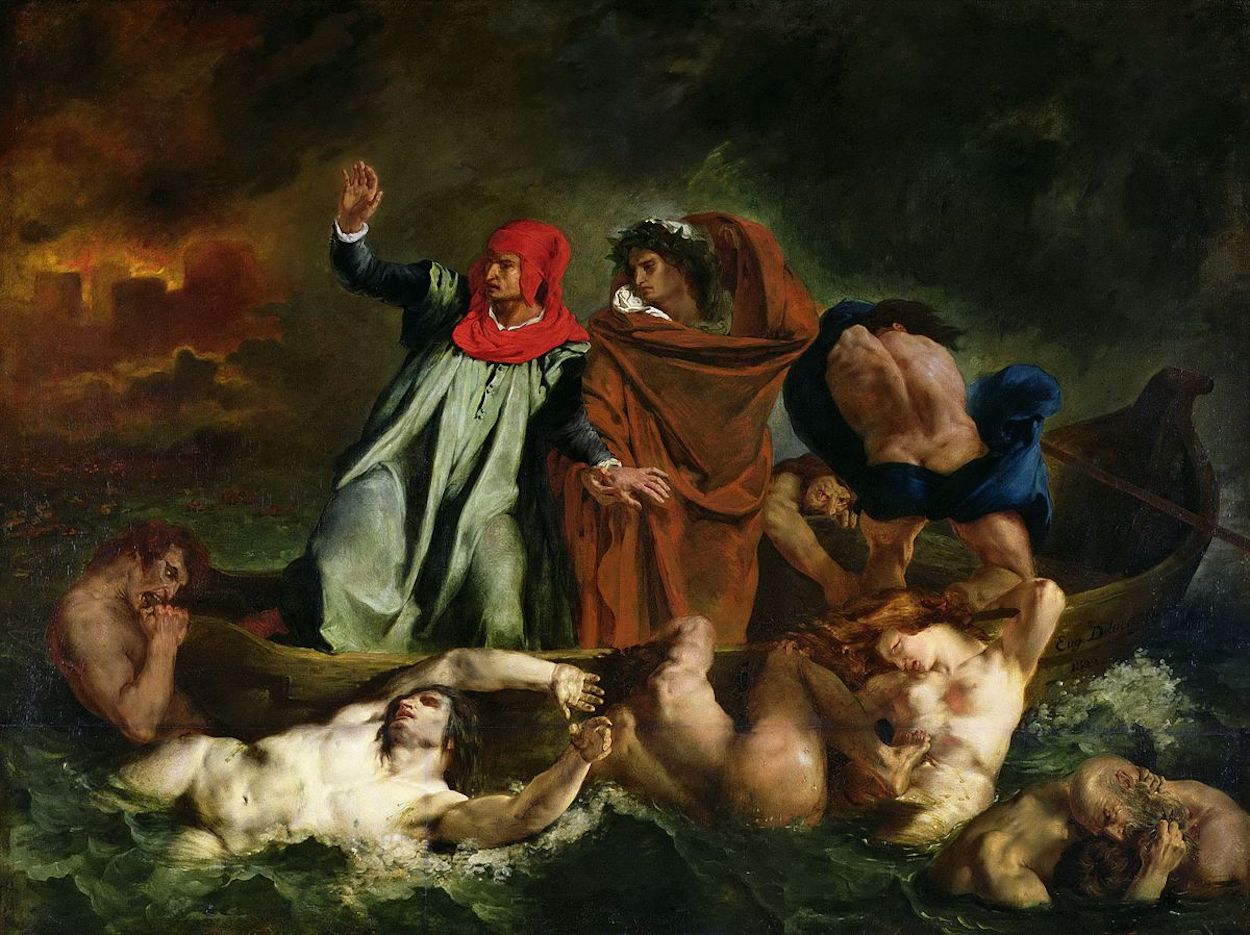Eugène Delacroix was one of the giants of French painting, but his last full retrospective exhibition in Paris dates back to 1963, the centenary year of his death. In collaboration with the Metropolitan Museum of Art in New York, the Louvre is holding a historic exhibition featuring some 180 works—mostly paintings—as a tribute to his entire career. The exhibition ends on July 23, 2018 - it's one of the most important shows this year!
"No canvas better reveals the future of a great painter." It was with these words that Thiers in 1822 described the first work submitted to the Salon by Delacroix, then still in his early twenties. With this novel subject inspired by Dante's Inferno, the somber conception and profoundly dramatic composition, as well as references to Michelangelo and Rubens, the artist pushed painting in a new direction, soon to be qualified as Romantic.
The time of classical painters imitating Greek and Roman art was over: they no longer had a place in current tastes. The underlying idea behind The Barque of Dante is that great geniuses from other lands have written works suffused with a way of seeing and feeling quite different from that of the French. Reading them stimulates the mind through new subject matter and the imagination through new boldness. So new, in fact, that Delacroix's painting was not without its critics: "a real daub" was how Delécluze, a disciple of David, described it. Delacroix drew on the visionary writing of the Italian poet in order to create a painting of definite force and romanticism.
Although inspired by the mythological tradition, the subject of the work is the Italian poet Dante Alighieri (1265-1321). In The Divine Comedy (1306-21), Dante recounts his poetic visit to Hell, guided by Virgil. The Divine Comedy is divided into three parts: Hell, Purgatory, and Paradise. Dante's voyage begins in Hell in the company of the Roman poet, passing through nine successive circles on his way to meet Beatrice, who will guide him through Paradise. In this scene, Dante and Virgil, piloted by Phlegyas, cross the lake surrounding the infernal city of Dis; the souls of the damned writhe in the water, trying to escape their fate by hanging onto the boat.


 Eugène Delacroix
Eugène Delacroix